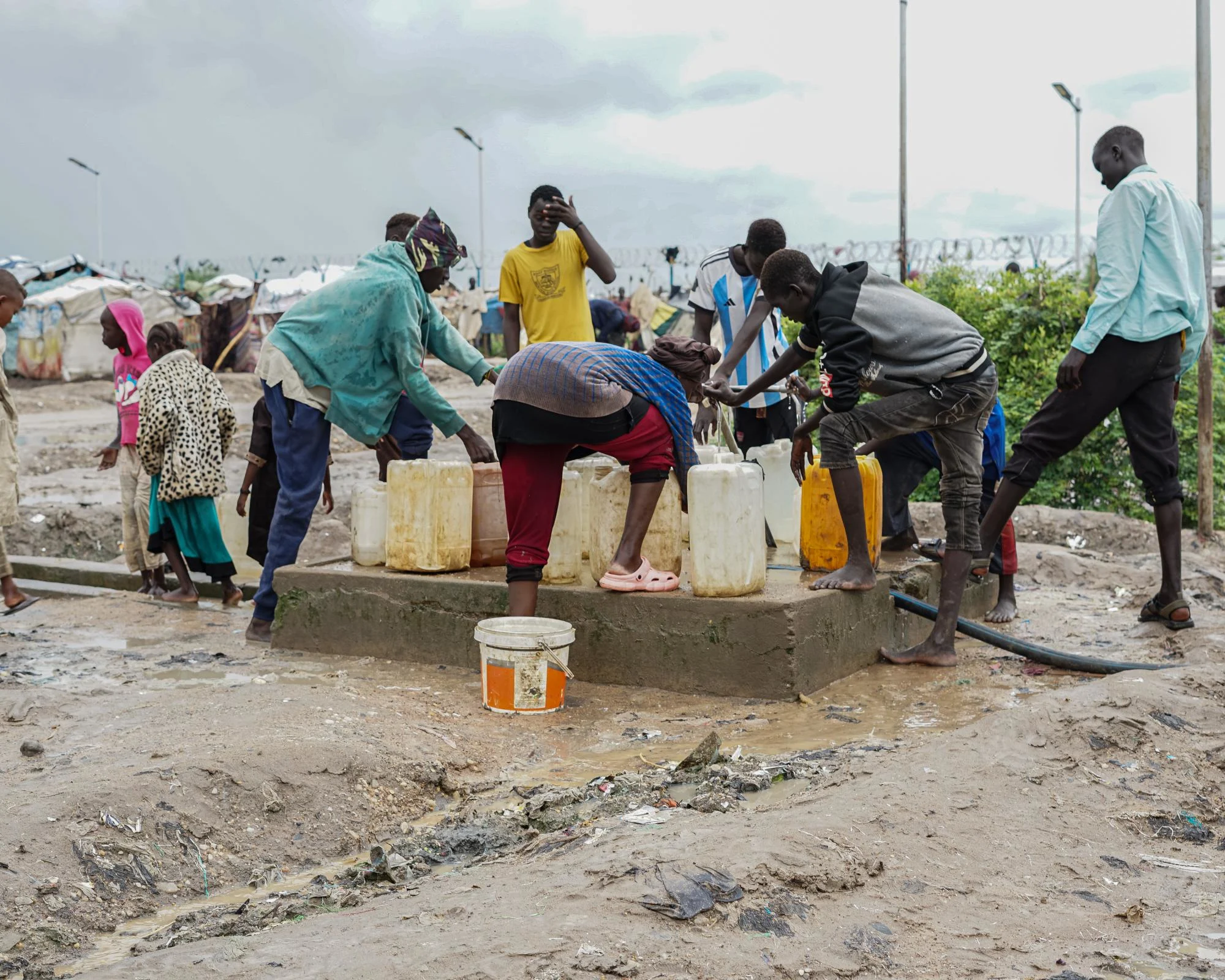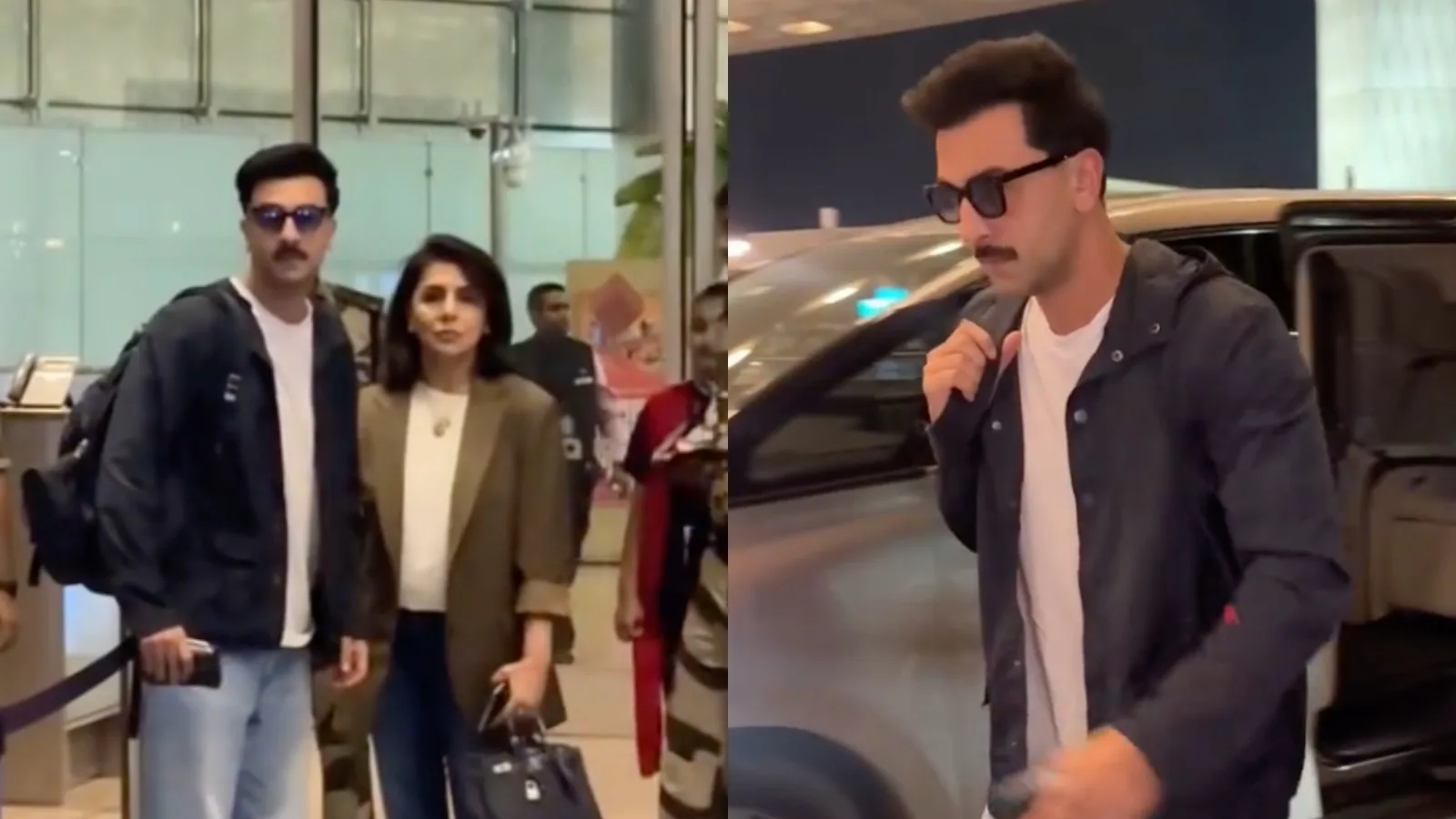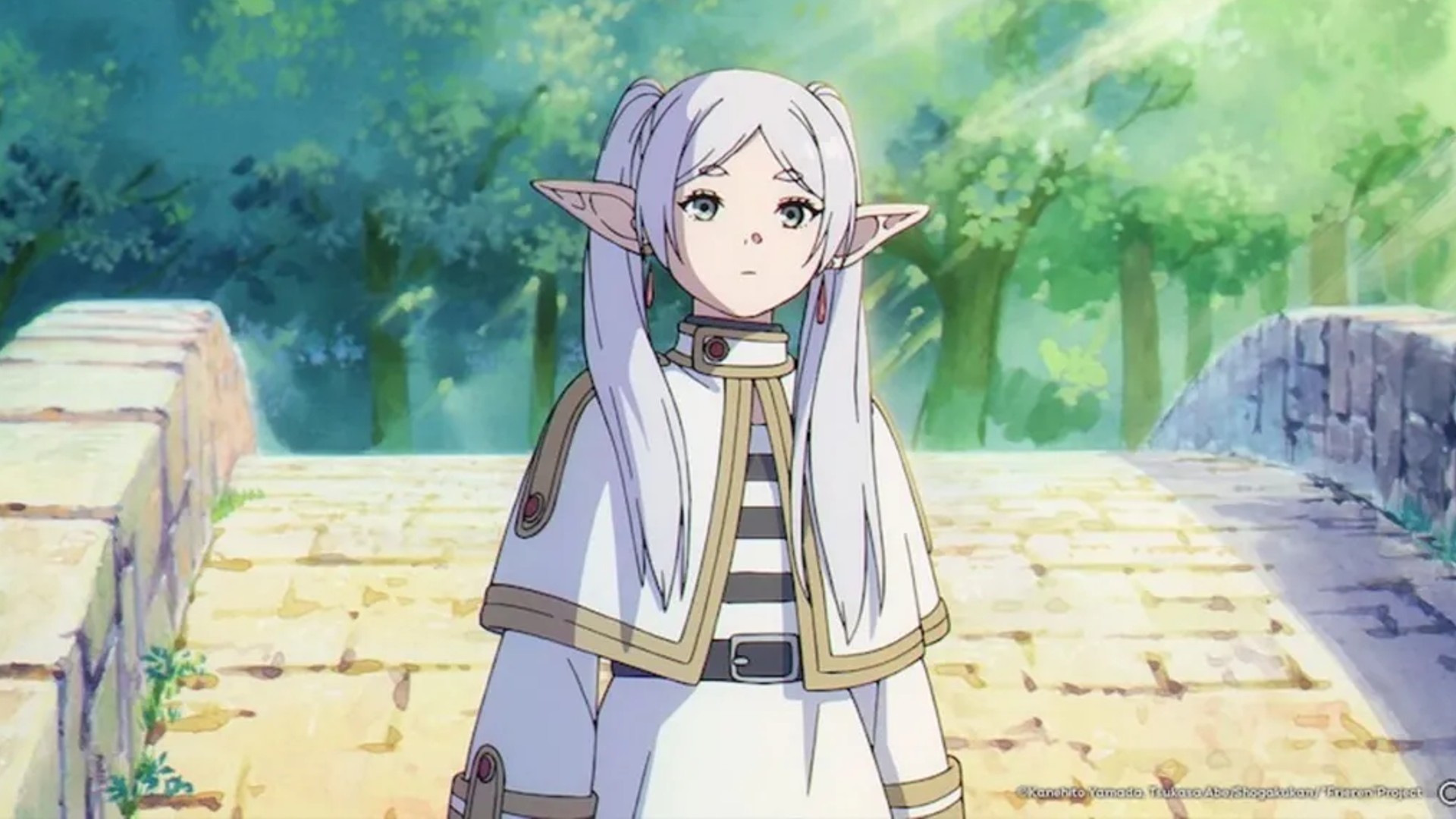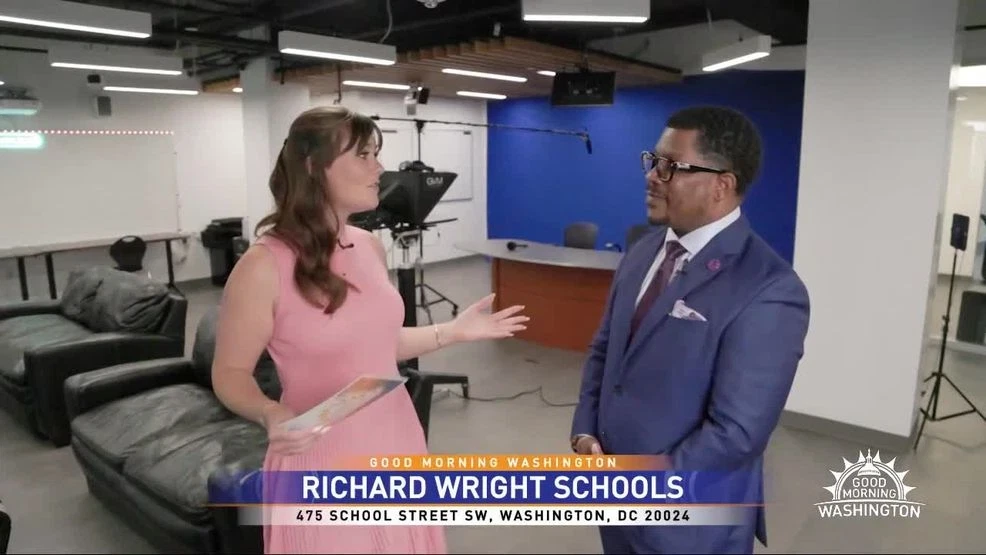‘I feel broken’: hardship bites for thousands of South Sudanese stranded and unable to get home
By Carlos Mureithi In Renk
Copyright yahoo

Thousands of South Sudanese people who returned to the country from war-torn Sudan are stuck in a border town because aid cuts have halted their journeys home.
Since the war in Sudan broke out in April 2023, more than 800,000 South Sudanese who were living there have been forced to move back to their home country.
Most had entered the border town of Renk in the north, where humanitarian agencies assisted them at a transit centre for a few weeks before the International Organization for Migration (IOM) and the government helped them to get home.
But in June, the UN body was forced to suspend the programme owing to the lack of funding, leaving thousands stranded with limited access to humanitarian services.
The suspension was linked to the Trump administration’s freezing of foreign aid assistance to all programmes funded through the state department, save for cases where the programmes offered “life-saving humanitarian assistance”.
“I feel broken because the organisations stopped the travel,” says Musa Rajab, a 66-year-old man who arrived at the centre with his family from El-Gadarif town in south-east Sudan in June. “Life here is hard, because if you don’t have money, you face difficulties.”
Rajab is one of more than 9,000 people sheltering in the Renk transit centre, having fled a raging war between the Sudanese Armed Forces (SAF) and the paramilitary Rapid Support Forces (RSF), and their respective allied militias.
Most of the people in the camp are South Sudanese returnees. Some had gone to Sudan to escape the civil war that broke out in South Sudan in 2013. Others moved in search of better opportunities away from their newly independent but struggling homeland, in what was then its relatively prosperous northern neighbour.
The fighting in Sudan has created what the UN has described as one of the worst humanitarian crises of the 21st century. More than 150,000 people have been killed, over 14 million displaced from their homes, and a larger number are in need of humanitarian aid.
Renk, on the eastern bank of the White Nile, is a leading transit hub for those fleeing the war but has now become a bottleneck.
Through the onward transit programme, the IOM moved people from the transit centre to strategic towns using barges and aircraft – then to their final destinations by different means. From May 2023 to mid-2025, the organisation helped to move more than 250,000 people.
The aid suspension has created a backlog, aggravating the humanitarian situation in the town and highlighting the struggle of international organisations to provide relief after foreign aid cuts.
Vijaya Souri, the IOM’s chief of mission in South Sudan, says funding gaps have caused limited access to food, water and healthcare. “Each delay not only increases vulnerability but also puts lives at risk and erodes the dignity of displaced people who are already enduring unimaginable hardships,” she says. “We urge governments and the international community to act swiftly to support these transport services, so displaced families are not left stranded and exposed.”
The situation here is bad. Every time I hear they will provide us with things, but nothing has reached meMusa, returnee
The transit centre now holds three times its intended capacity. Refugees and returnees, many having gone through distressing experiences in Sudan, are having to cope with insufficient food, water and shelter. With people still streaming in through the border, the situation could get worse.
“The number is increasing,” says Vladimir Mitkovski, operations officer for the IOM in Renk. “All the sectors are affected. All the sectors are overstretched.”
The IOM recently received some funding from the UK Foreign Office and was able to transport 915 people out of Renk in the first week of September.
Deng Ajack, deputy director of the Relief and Rehabilitation Commission, a government agency, says there are discussions to allocate additional land to relieve overcrowding.
At the centre recently, children gathered around water points with jerrycans, men and women crowded outside an iron-sheet building awaiting food distribution, and women fried and sold dough cakes to other displaced people.
It was the rainy season, with large pools of water swamping the grounds, and many people were desperately in need of waterproof material to make shelters.
Musa, from Abyei in the north, went to Khartoum in 2019 for medical treatment then ended up working in El-Gadarif as a trainer and machine operator at an agricultural company.
He survived two years of the war in the town, an occasional target of drone attacks by the RSF, and left when the state government organised a return trip for South Sudanese nationals. He moved with his wife, their five children and his wife’s sister’s three children.
Like others who return, he got cash assistance of 49,000 South Sudanese pounds (about £7) when he arrived at the transit centre. But he was forced to buy a tarpaulin with the little money he had to build a shelter for his wife and children – while he sleeps in a public facility.
“The situation here is bad,” he says. “Every time I hear they will provide us with things, but nothing has reached me.”
Musa adds: “Our goal is to travel. We do not wish to stay here.”
Others, such as 48-year-old Alel Agoth, also from Abyei, have been forced to sell their belongings to provide for their families.
With her five grandchildren, she and others had clubbed together for a rented van from El-Gadarif, where she had fled to from Omdurman (Sudan’s second city, across the Nile from Khartoum) when the war started. The van would take them only as far as Renk. She had left her son behind nursing injuries after he was shot during the SAF’s entry into Khartoum.
Related: ‘They came for us, to take our shelters and kill us’: how violence returned to a shattered South Sudan
At the centre, she says, she got the cash assistance when she arrived but no other aid afterwards. She resorted to selling some of her clothes and bedsheets for sustenance.
“We sell our clothes to provide food for our children and ourselves because I do not have relatives here,” she says. “If God provides us with a chance to travel, we will not hesitate to go.”
South Sudan is reeling from the effects of years of conflict, looting of resources, and natural disasters, and many in the camp know they have returned to a country in a different type of crisis.
Tut Dador, 32, left Bentiu city in the north for Omdurman in 2019 after he was displaced by flooding that submerged entire villages, to work in construction.
He is in Renk with his wife and their five children, and they are keen to get back to Bentiu, where they plan to live in a camp for internally displaced people.
“Bentiu is my home. I will do what others in Bentiu do, and I believe I can live,” Dador says. “There are many things lacking there, but we will adapt and live accordingly.”



